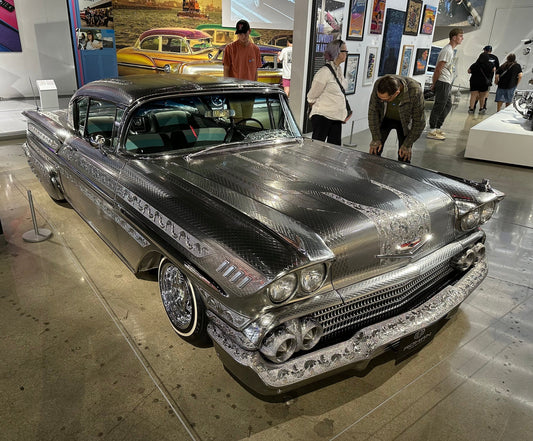How many errors must a DAC make to get it right? Well, in a classic PCM DAC, the answer is none. 16 bit DACS of long ago relied on a perfect conversion process without any errors to get it right. In fact, the whole idea of PCM audio is extreme accuracy the first time around without ever looking back. It is a very rigid system (although certainly not perfect).
DSD/SACD audio, is exactly the opposite. The process used in a 1-bit system, known as Delta Sigma (or Sigma Delta), relies on a very clever error feedback setup. This works by "testing the waters" one bit at a time and then comparing the results with the original signal to see if it got better or worse.
Yeah, I know, it sounds quite squirrely to just poke around until its right, but that is a very simple explanation of what the encoder does to generate the original DSD signal which, by the way, is not exactly what happens when we convert fixed PCM to DSD.
Let's follow the path our signal takes on the way to becoming encoded.
Our analog signal comes in as a varying up and down voltage as we know from reading past posts in this series. There's a very simple device called a comparator at the beginning. This device simply compares one voltage with another and tells you if one is higher or lower than the other: the comparator has two inputs. The first input is the music and the second input is feedback signal from the output of the DSD encoder.
If the output of the DSD encoder is low, relative to the input, then the encoder puts out a 1. If it looks again and it is still low, it puts out another 1. If it is too high, it puts out a 0. It does this over and over 64 times faster than a standard CD sample. So again, it just compares the input with the "output" of the encoder and gives out a 1 or a 0 to try and keep everything the same between the musical signal and the output signal.
In this way, it keeps correcting the digital signal until it matches as perfectly as the system allows to the input and it does this in a continuous stream of data without code and without any fixed steps of voltage as PCM does.
The one issue you have is a lot of noise in this process and to eliminate that a process known as noise shaping is employed - the math of which is far beyond anything I can understand.









